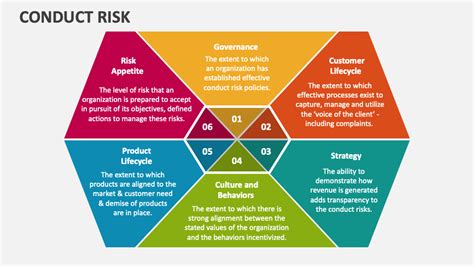How to conduct risk assessments for peer-to-peer transactions (P2P)
Peer-to-peer transactions, also known as P2P transactions, refer to the direct exchange of goods or services between individuals without the involvement of a third-party intermediary. In the context of online markets and social networks, P2P transactions have become increasingly popular. However, they also involve significant risks that can affect the profitability and stability of both buyers and sellers. The conduct of complete risk assessments is essential to mitigate these risks and guarantee the success of P2P transactions.
What are the risk factors in P2P transactions?
Risk factors in P2P transactions can be classified in two main groups: risks relating to the buyer and seller. The risks relating to the buyer include:
1
- Lack of trust : buyers and sellers can have different levels of trust in each other, making it difficult to negotiate prices or resolve disputes.
- Payment problems

: Buyers can have difficulty paying goods or services, due to financial constraints or lack of clear communication on payment terms.
The risks relating to the seller include:
- unsatisfactory quality : sellers can produce goods that are not so described, leading to the intake of the buyer and potential negative reviews.
- Returns and reimbursements : sellers may have difficulty returning or reimbursing products, due to logistical problems or lack of clear communication on return policies.
3
How to conduct a risk assessment for P2P transactions
The management of a risk assessment for P2P transactions involves several steps:
- identifies the risks : determines which risks relating to the buyer and the seller you are worried about. For example, do you want to evaluate the risk of fraudulent behavior or payment problems?
- Search your market : Understanding the nature of your target market, including the types of goods or services that are interested in purchasing or sale.
- Create a scenario : develop a hypothetical scenario that tests the risk assessment. This could lead to the creation of false profiles of the buyer and sellers, the test of payment systems or the conduct of fake transactions.
- Evaluate the risks : evaluate any potential risk according to its probability and impact. For example:
* Fraudulent behavior: 3/10 (improbable, but possible)
* Payment problems: 6/10 (Municipality in online transactions)
5 For example:
* Fraudulent behavior: use payments protection services or request buyers and sellers to provide identification.
* Payment problems: implement terms and clear payment requirements for reimbursements or returns.
- monitor and review : monitor transactions regularly and review mitigation strategies as needed.
Best practices for risk assessment
To ensure a complete risk assessment, follow these best practices:
- Use a structured approach : develop a coherent picture to evaluate the risks, including factors relating to the buyer and the seller.
- Involve more interested parties : collaborate with other market participants, such as payment processors or shipments of shipments, to obtain a more complete understanding of potential risks.
- Monitor and update continuously: review and regularly review the risk assessment to ensure that it remains effective in the face of the changing market conditions.
Conclusion
The management of a complete risk assessment is essential to successfully engage in P2P transactions.
